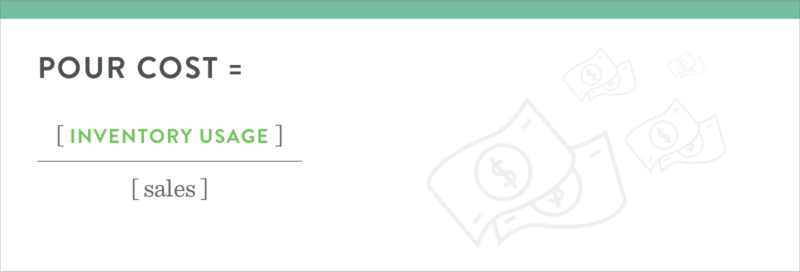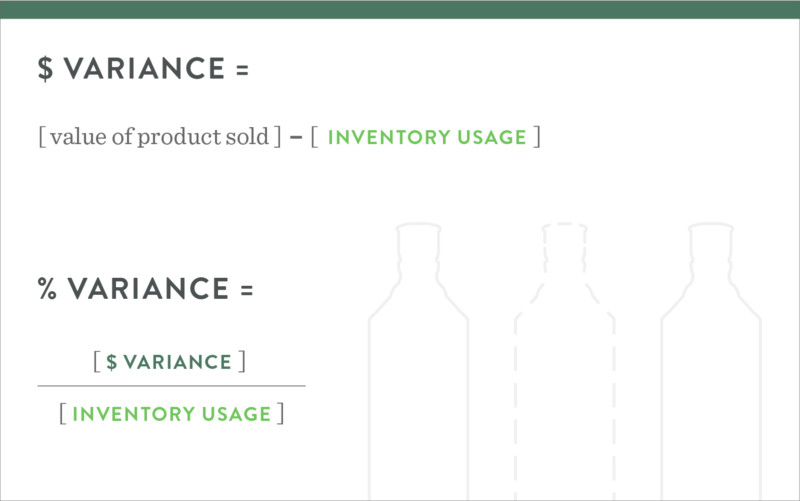

And, as a bar manager or beverage director, you probably know how to calculate them and what they mean. But understanding why these bar management metrics matter and the impact they can have on your profitability is just as important. Guess what…they’re all connected.
Let’s take a closer look at how pour costs and variance are related, how they affect profitability, and how to address discrepancies.
Pour cost is a critical number for understanding the overall profitability of your bar and is measured by the cost of product usage divided by the sale amount. It is more a target that you establish when pricing out beverages, with the actual value being determined through your cost of goods sold. Designing menu items that fall within a favorable pour cost directly affects profitability.

Profitability is influenced by three things: drink costs and drink pricing, as well as product loss. This product loss is referred to as variance, and this is where bar managers have incredible potential to impact a program’s bottom line. Variance is the difference between the amount of product sold during a given period of time and the amount of product used during that same period.

Within BevSpot, we offer a variance report that calculates this loss for you. Be sure to check out this video on variance to see how it could help your business meet tighter margins.
Variance is one of the biggest detractors from a beverage program’s profitability. It represents how much product you lost before you had a chance to sell it. Some minor variance is normal. For example, breakage is normal but isn’t always accounted for, free-pours aren’t generally perfectly accurate, and training new staff always increases variance. When that number begins to creep up, that is an indication there is an issue within your bar.
If no steps are taken to reduce it, variance can drastically reduce your bar’s profits. Computing and interpreting your variance number is essential if you want to make strategic decisions and run a tight ship. This typically comes down to three main issues:
Great news, these are manageable. Do note that these are listed in a specific order. Never blame your team for an unexplained variance before you have taken time to determine if there may have been a mistake on your part first.
If you’re the one who counts inventory for your program, it could be your fault. Particularly if you’re new to the position, there are many areas you could have miscounted. Save yourself the headache and take a moment to review our guide on taking liquor inventory right. Also, take time to make sure your invoices are properly processed and reflect what’s used in your bar.
Consistency is imperative in a bar; you want guests to enjoy the same incredible experience. Bartenders pouring different portioned drinks can lead to unhappy guests and high liquor cost variance. One managerial tool to remind your bartenders that consistency is essential is to administer a quick pour test at the start of each shift. Grab a graduated cylinder (just like it’s middle school science class) and have them aim for some common pour sizes with an old liquor bottle filled with water and a speed pour. This serves a few additional purposes:
Give them a few attempts, but don’t punish them for failing. This is an opportunity to show you’re serious about running a tight ship. With high-end spirits, consider a jigger.
While this is the last place you should consider for variance, it is common enough.
To be proactive and build accountability for what comes in and out of your storage areas:
Looking for more solutions to every day bar program needs? Schedule a chat with a specialist to learn more about BevSpot’s features and how it could help your business.
